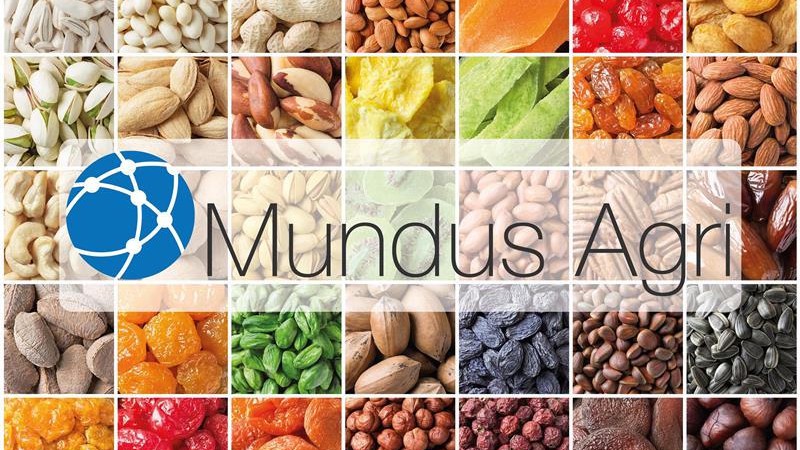Barley: Will supply side interventions result in desired demand side effects?
January 19, 2018 at 4:00 PM ,
Starry Night Ltd.

BULGARIA. Throughout the country, barley, among its counterpart grains, is usually harvested first. At the beginning of harvest 2017-18, buyers pushed prices down to as low as 0.123 EUR/kg EXW farmers’ storage facilities. Being at the forefront of harvesting campaigns for other grains such as wheat and rapeseed, farmers felt compelled to sell. Currently, substantial quantities of the grain for large shipments are impossible to find on the local market.
Barley: in the grasp of the consequences of a domino effect
During the recent harvesting season, aggregate output came to 633,393 mt, which is by 9.23% lower than that from harvest 2016-17. The reason behind the lower output is a substantial drop (19.5%) in cultivated acreages during the previous planting season, according to local authorities. Output could have been even lower, but thanks to higher average yield (7.5%), production did not go further down. However, output 2018-19 is expected to be even lower, ceteris paribus, since farmers sowed 109,800 ha of arable land or by 16.6% less than they had done for season 2017-18, according to the Ministry of Agriculture. The reasons behind are exactly the same as those that led to lower sowing during the previous marketing season: depressed prices and tough regional competition! Quality is not an issue; it is a weak foreign market competitive edge in non-EU destinations that cuts exports short.
|
Harvest 2017-18 (01.07.2017 - 12.01.2018) units in MT |
|
|
Beginning availability |
22,000 |
|
Aggregate output |
633,393 |
|
Imports |
1,938 |
|
Domestic consumption |
168,000 |
|
beer production |
42,000 |
|
feed |
126,000 |
|
Exports to the world |
267,069 |
|
to EU markets |
239,332 |
|
to rest of the world |
27,737 |
Source: Bulgarian Ministry of Agriculture
Farmers respond
Reducing their production capacity, local farmers directly influence the supply side of the market, but whether that will lead to higher prices down into the next season remains an opened question. Bulgaria does not sell in a vacuum, but instead competes with regional market players, some of whom command high foreign market clout. Exports to non-EU markets are projected to be sluggish, at best.





